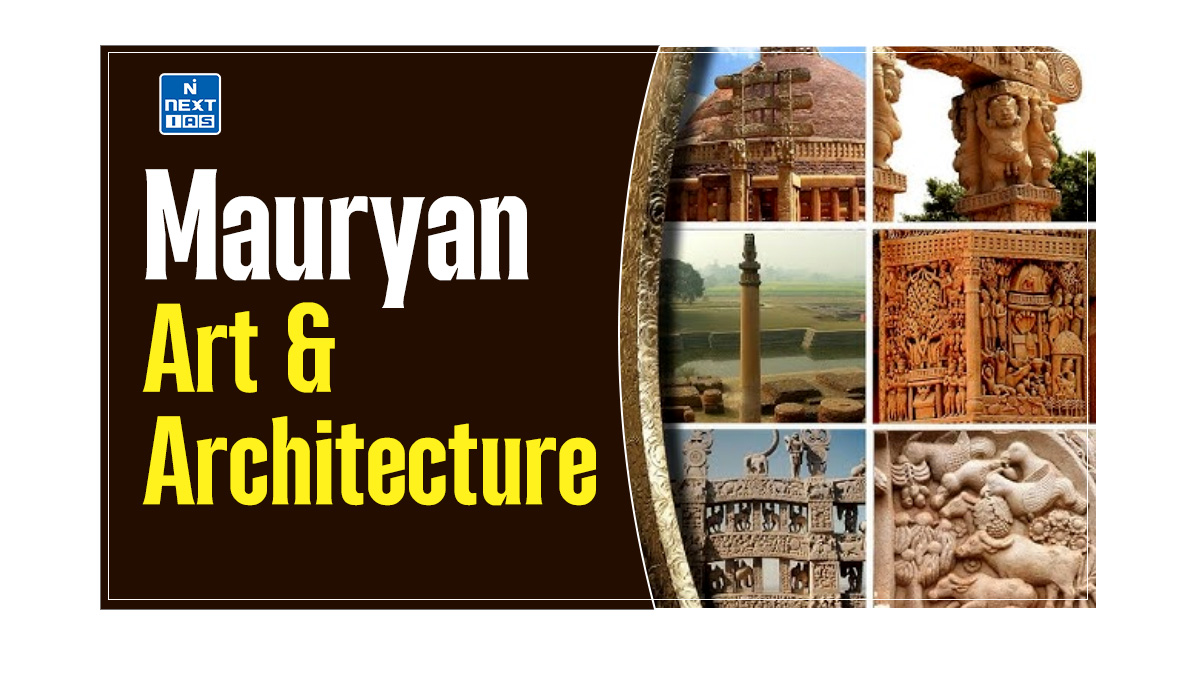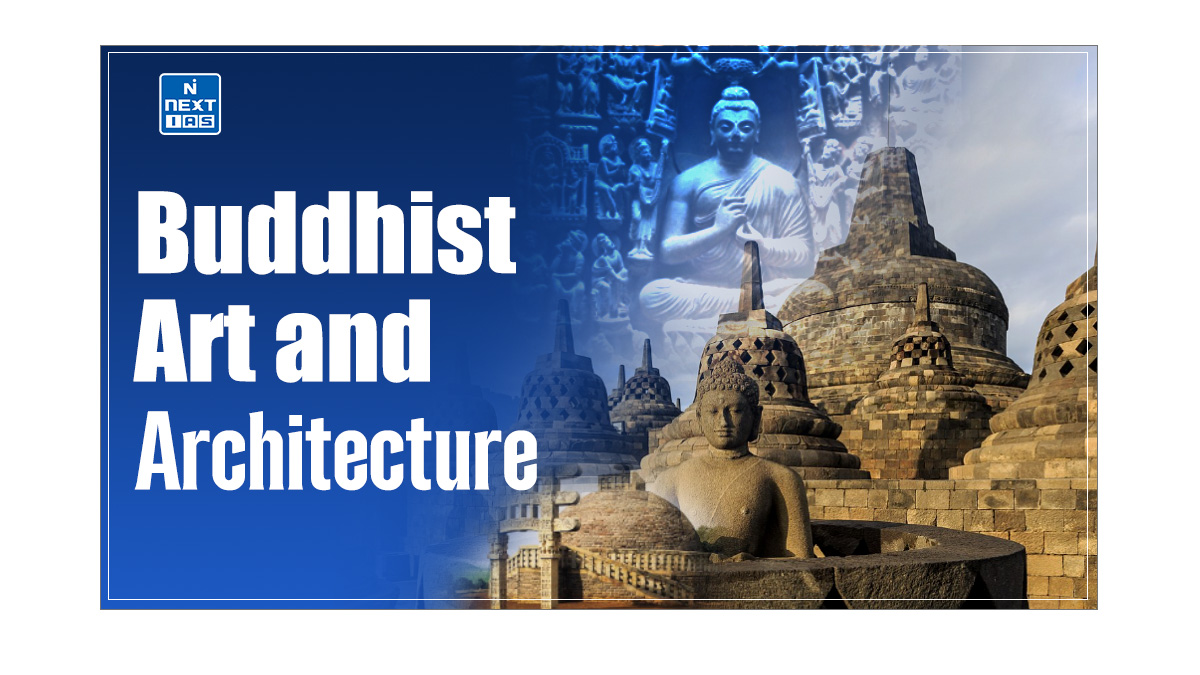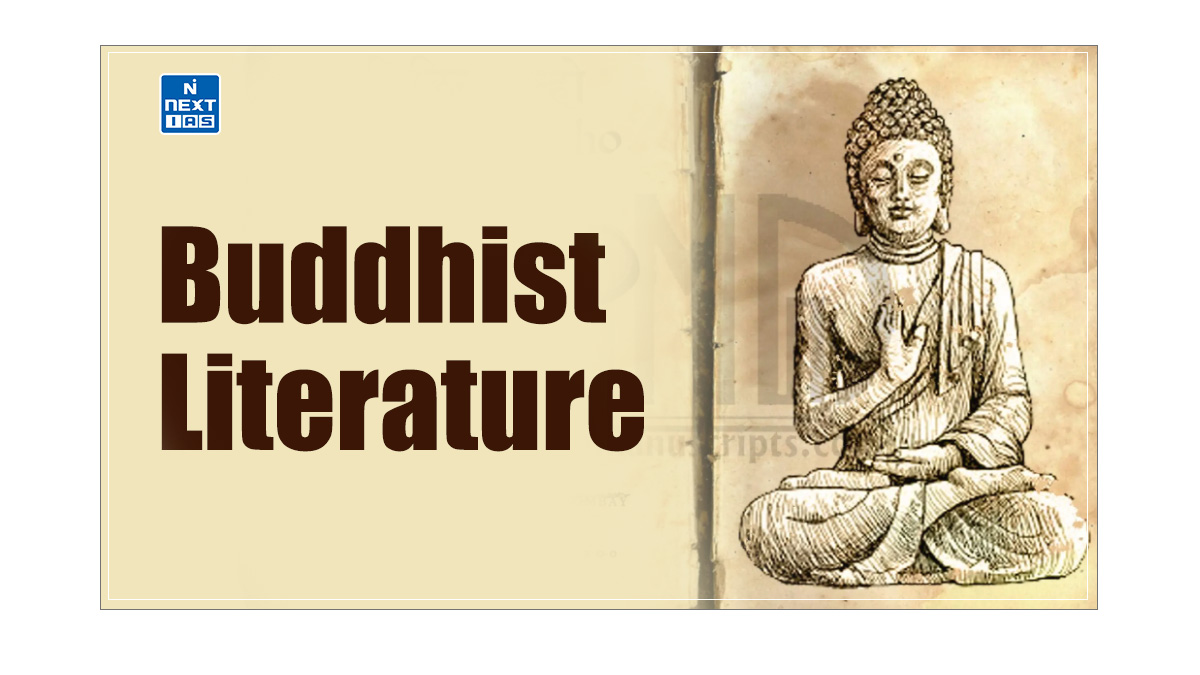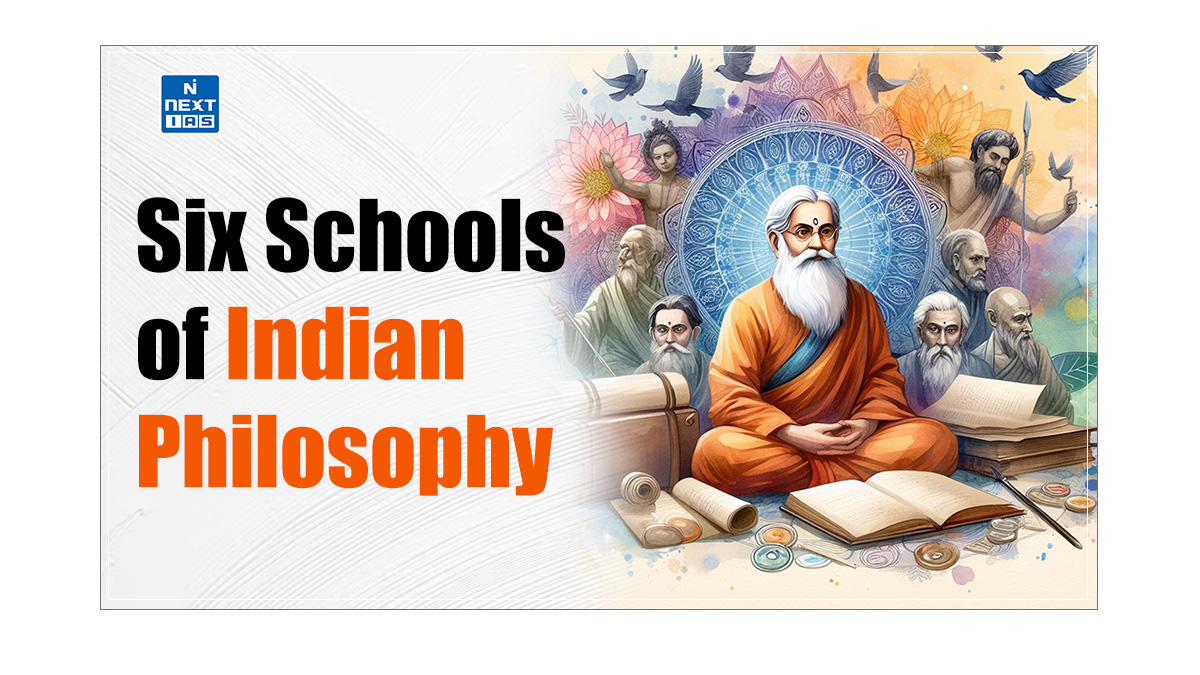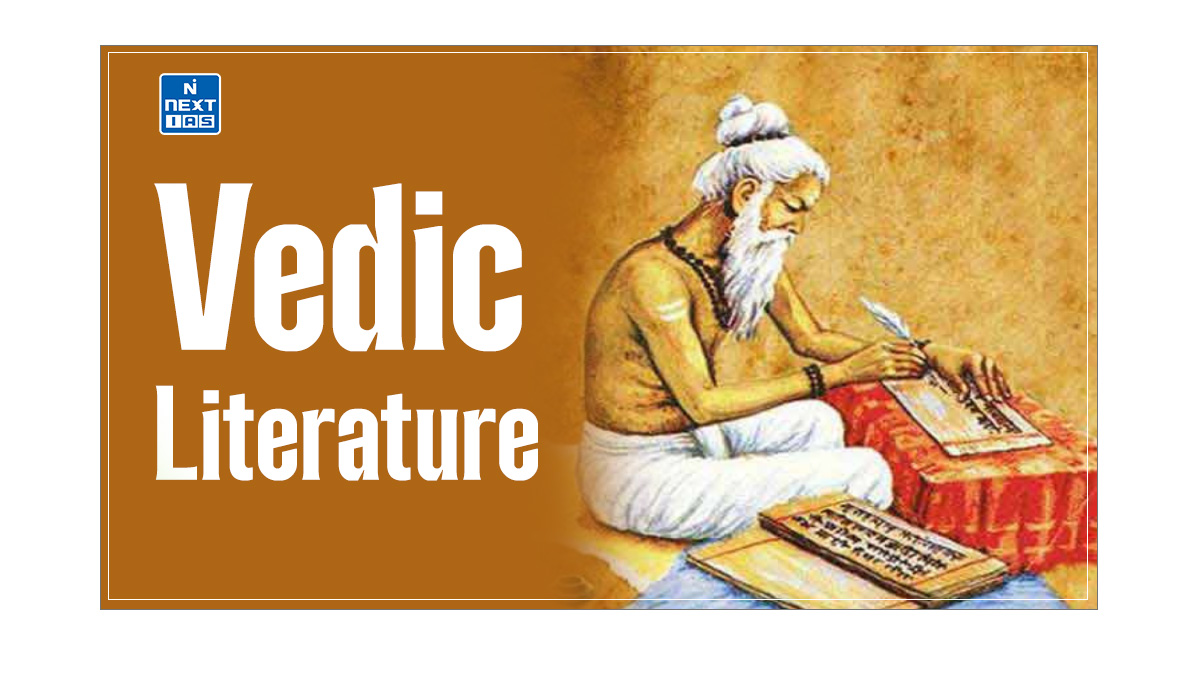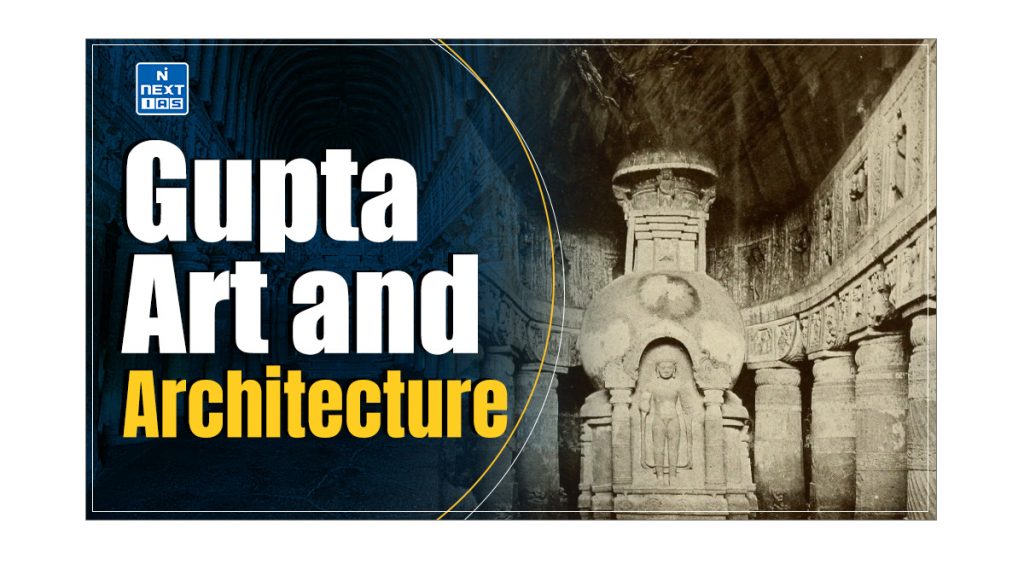
The Gupta Empire (320–550 CE) is renowned for its remarkable contributions to art and architecture. It is often hailed as a “Golden Age” of Indian cultural and artistic achievement. During this period, the Gupta rulers championed advancements in various fields and played a crucial role in promoting and patronising art and architectural innovation. This article aims to study in detail the key features of Gupta architecture, its notable examples, and its lasting impact on subsequent architectural styles.
About Gupta Period
- The Gupta Empire (320–550 CE) marked a significant period in Indian history, often called the “Golden Age” due to the immense advancements in culture, science, and political stability.
- During this time, India saw the flourishing of art, literature, architecture, and learning while its political structure and economy thrived under a strong centralised monarchy.
- The social fabric of the Gupta era was complex, with a well-established caste system, evolving religious practices, and notable changes in social norms.
Read our detailed article on the Gupta Empire, Gupta Administration, Gupta Society, Gupta Science and Technology, Gupta Economy, Gupta Literature, Guild System and Gupta Inscriptions.
Gupta Art and Architecture
- During their reign, often called India’s “Golden Age,” the Gupta rulers were pivotal in promoting culture, art, and architectural advancements.
- The Gupta monarchs were great patrons of the arts, encouraging the creation of magnificent sculptures, temples, and paintings that reflected religious, philosophical, and aesthetic values.
- They supported scholars, poets, and artists, with renowned figures like Kalidasa, Aryabhata, and Varahamihira flourishing under their rule.
- The Gupta kings were instrumental in developing early Hindu temple architecture and contributing to the refinement of classical Indian art forms, laying the foundation for cultural practices that influenced later periods.
- Through their patronage, the Gupta rulers ensured that art and architecture reached new heights, leaving an enduring legacy that shaped India’s cultural identity.
Features of Gupta Art and Architecture
The salient features of the Gupta Art and Architecture are as follows:
- Spiritual Symbolism: Gupta art and architecture are marked by deep spiritual undertones.
- They reflect the religious and philosophical beliefs of the time, particularly those of Hinduism, Buddhism, and Jainism.
- Temples and sculptures often depict deities, celestial beings, and religious themes, highlighting devotion and divinity.
- Naturalism and Idealization in Sculpture: Gupta sculptures perfectly balance naturalism and idealised human forms.
- The figures often have serene, expressive faces and graceful, naturalistic body modeling, representing divinity, peace, and inner spiritual beauty.
- Use of Symbolic Gestures (Mudras): Buddhist and Hindu sculptures prominently feature symbolic hand gestures known as mudras, such as Abhaya Mudra (a gesture of protection) and Dhyana Mudra (a gesture of meditation).
- These gestures convey deeper spiritual meanings.
- Materials Used: Gupta artists predominantly used sandstone, bronze, and terracotta for their sculptures.
- Bronze sculptures were highly detailed and intricate, while sandstone was used for large, life-sized figures.
- Development of Temple Architecture: Gupta architecture saw the emergence of distinct temple designs, introducing essential architectural elements like the shikhara (tower above the sanctum) and garbhagriha (inner sanctum).
- The temples were often small but elegantly proportioned, with intricate carvings depicting mythological themes.
- Carvings and Ornamentation: The Gupta temples and sculptures were adorned with intricate carvings, ranging from deities and mythological scenes to geometric patterns.
- The ornamentation was delicate and detailed, showing a high level of craftsmanship.
- Harmonious Proportions: Gupta art is known for its harmony in proportions, whether depicting gods or human figures.
- The symmetry and balance in the sculptures reflect a mastery of anatomical accuracy and artistic expression.
- Monumental Stone Temples: The Gupta period marked a transition from wood to stone in temple construction.
- Early stone temple examples, such as the Dasavatara Temple in Deogarh, laid the foundation for future Indian temple architecture.
Gupta Sculpture
The salient features of the Gupta Sculpture are as follows:
- Stylistic Features: The Gupta sculptures are known for their soft, naturalistic modeling of human figures, emphasising elegance and grace.
- The figures have serene, calm expressions, symbolising divinity and spirituality.
- The Gupta sculptures represent idealised human forms, combining realism with an emphasis on spiritual beauty.
- Iconography and Mudras: Gupta sculptures often depict religious and spiritual themes from Hinduism, Buddhism, and Jainism.
- Mudras (symbolic hand gestures) are significant in depicting deities and spiritual figures, conveying different meanings, such as peace, protection, or enlightenment.
- Notable Works: The most iconic example in the Gupta sculpture is the seated Buddha from Sarnath, who, with their meditative posture and calm expression, epitomises peace and enlightenment.
- Other notable works are the Gupta sculptures of Hindu gods like Vishnu, Shiva, and Durga, which showcase the period’s spiritual and artistic mastery.
- Emergence of Hindu Iconography: The Gupta rulers supported Brahmanism, and Gupta sculptures saw the emergence of images of Vishnu, Shiva, and other Hindu gods.
- This marked the first significant phase in Indian art, where such iconography became prominent.
- Mathura School Influence: The Mathura School of Art heavily influenced Gupta’s sculptures.
- These Gupta sculptures feature soft, naturalistic modeling of figures, particularly those representing religious themes.
- This period’s Gupta sculptures of Buddha, Vishnu, and other deities are prominent works.
Gupta Architecture
The salient features of the Gupta Architecture are as follows:
- Temple Design: The Gupta architecture marked the transition from wooden to stone temples, reflecting construction techniques and materials advancements.
- This era of Gupta architecture saw the evolution of temple architecture, laying the foundation for future styles in Indian temple design.
- Architectural Elements: During the Gupta Architecture, key features like the Shikhara (temple tower) and Garbhagriha (sanctum sanctorum) became prominent.
- The Shikhara, representing a vertical axis, symbolised a connection between the earthly and divine, while the Garbhagriha served as the sacred space housing the deity in Gupta architecture.
- Notable Examples: The Dasavatara Temple in Deogarh is renowned for its intricate carvings of Vishnu and other deities, showcasing early experimentation with stone temple Gupta architecture.
- The Durga Temple in Aihole is another significant structure, reflecting early innovations in temple layout and design.
Gupta Paintings
- Gupta paintings are an important part of ancient Indian art, reflecting the sophistication and aesthetic sensibility of the Gupta Empire, often referred to as the “Golden Age” of India (4th to 6th century AD).
- These paintings, primarily found in the Ajanta Caves, exhibit a high degree of technical skill and spiritual depth.
- The Gupta artists excelled in fresco painting, using vivid colors, delicate shading, and fine lines to depict scenes from Buddhist Jataka tales and the life of the Buddha.
- Naturalism, grace, and idealized human forms were hallmarks of Gupta paintings, portraying figures with calm expressions and a sense of divine serenity.
- These works also reflected the cultural and religious ethos of the time, with a strong focus on harmony and beauty.
- The legacy of Gupta paintings influenced the art traditions of India and Southeast Asia for centuries.
Patronage of Gupta Rulers on Art and Literature
- Both Samudragupta and Chandragupta II were significant patrons of art and literature.
- Samudragupta is famously depicted on his coins, playing the veena and symbolising his artistic interests and love for music.
- Chandragupta II is credited with maintaining the nine luminaries or great scholars in his court, demonstrating his support for cultural advancements.
- Under their reign, literature, drama, and poetry flourished, with renowned poets like Kalidasa producing some of the finest works in Sanskrit.
- The rulers’ patronage extended to the development of architecture and sculpture, leading to a golden age in artistic expression.
Carvings and Ornamentation in Gupta Temples
- Intricate Carvings: Gupta temples and sculptures are known for their detailed carvings, reflecting the artistic refinement of the period.
- These carvings showcased graceful human forms, intricate patterns, and symbolic motifs that captured spiritual and mythological themes.
- Depictions: The carvings frequently depicted mythological scenes and stories from sacred texts, gods, goddesses, and celestial beings, contributing to the religious and cultural narrative of the time.
Legacy and Influence of Gupta Art and Architecture
- Impact on Later Indian Art: The Gupta period laid the foundation for classical Indian art and architecture, influencing subsequent dynasties and regional styles.
- Later architectural developments, including temple designs in North and South India, drew from Gupta innovations.
- Influence on Southeast Asia: Gupta architectural and sculptural styles also influenced Southeast Asian architecture, as seen in monuments like Angkor Wat and other temples.
- This shows the far-reaching impact of Gupta’s craftsmanship.




Conclusion
The Gupta Empire’s art and architecture marked a golden age in Indian history, characterised by profound innovations in sculpture and temple design. The era’s artistic achievements, supported by the Gupta rulers, set lasting standards that influenced Indian and Southeast Asian art. The Gupta period remains a celebrated chapter for its contributions to spiritual and aesthetic expression, leaving a legacy of enduring cultural significance.
GS - 1